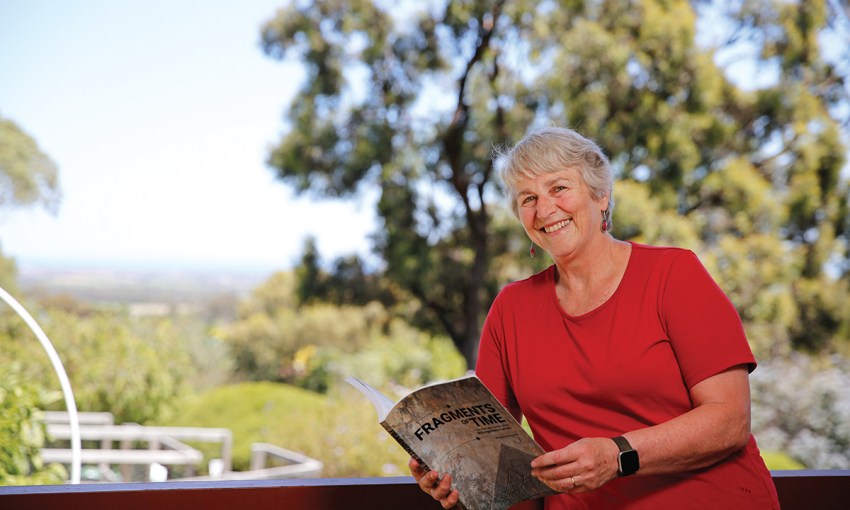Willunga’s Paddy O’Toole has a warning to those who start digging around in their local history: it might just pull you right in.
Buried treasure: Willunga’s slate mining history
Willunga townsfolk have been enchanted with slate ever since a farmer discovered a deposit of the metamorphic rock on his property in 1840. News of a bountiful underground slate reserve traversed hemispheres and caught the attention of Cornish slate workers, who soon arrived in droves to quarry it.
Thanks to the quarries, Willunga became the most prosperous town of Adelaide’s south. A jetty was built to transport the slate, supplying the colony with an important local source of building material.
Today, slate continues to draw people to Willunga to visit the Willunga Slate Museum, which is housed within the historic stables alongside the Willunga Courthouse and Police Station.
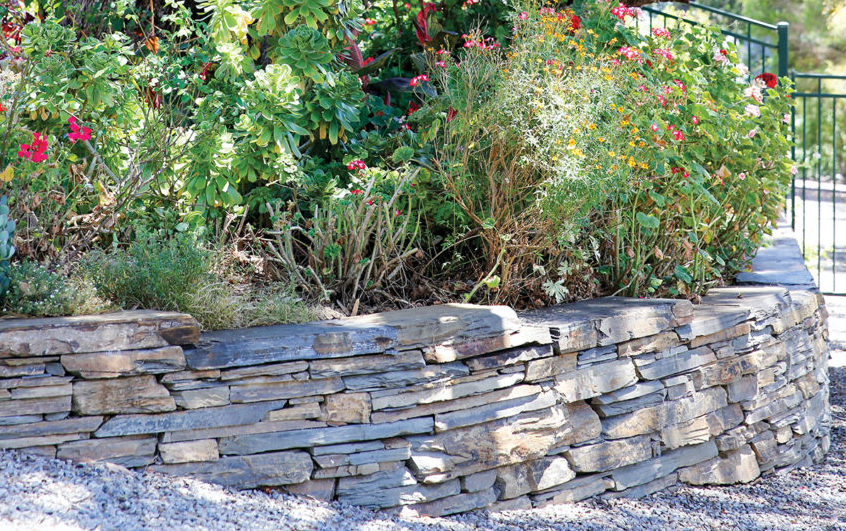
“I don’t know exactly why, but a lot of people come into the museum and say they just love slate. Slate is quite common, but somehow it does capture people’s imagination and I’m obviously a convert now, too,” says local historian Paddy O’Toole.
Paddy and her husband Mark Staniforth moved to South Australia from New South Wales in 1993, fell in love with Willunga and purchased a block to build their home – fittingly, within sight of the courthouse. Through Mark’s background as a maritime archaeologist and Paddy having completed a PhD in collective memory, they were fascinated by Willunga’s local history and began volunteering with the National Trust.
“An academic’s life is pretty busy so, now that we’re retired, if I’m not doing gardening or something else, then I get on the computer and start looking at old newspapers and things,” says Paddy. “So, in summary, I’m a nerd.”
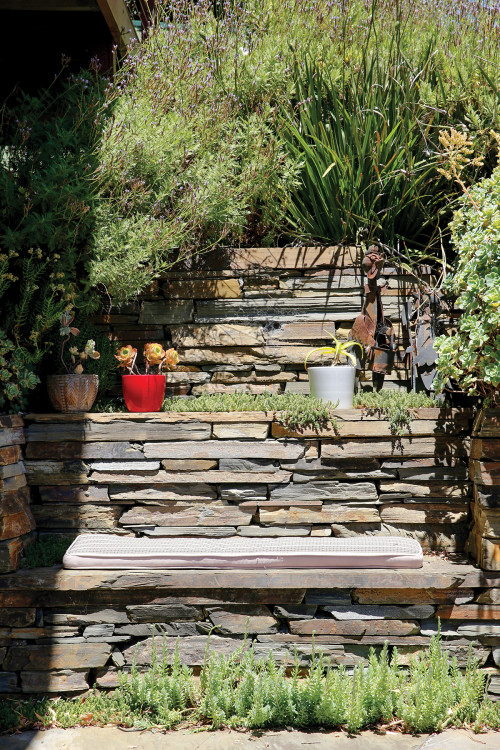
Paddy began helping Mark to research the local cemeteries from an archaeological point of view, but she began to discover beautiful ornamental headstones carved from slate and pursued her own line of research. Her fascination was piqued by one particular slate carving made by a bootmaker, who only lived to 32 but carved a number of headstones, mantelpieces and decorative works throughout the town.
This niche and skilled style of artform was performed by just a few locals during a short window during the second half of the 1800s – and was unique to Willunga – yet their endeavours had not been formally documented.
“My area of PhD research was collective memory and I saw with some alarm how vulnerable the information about this wonderful legacy of slate carving was. I started researching them, going with Mark to cemeteries to build up a picture of the distribution of carved 19th century gravestones that had been done by the Willunga carvers,” says Paddy.
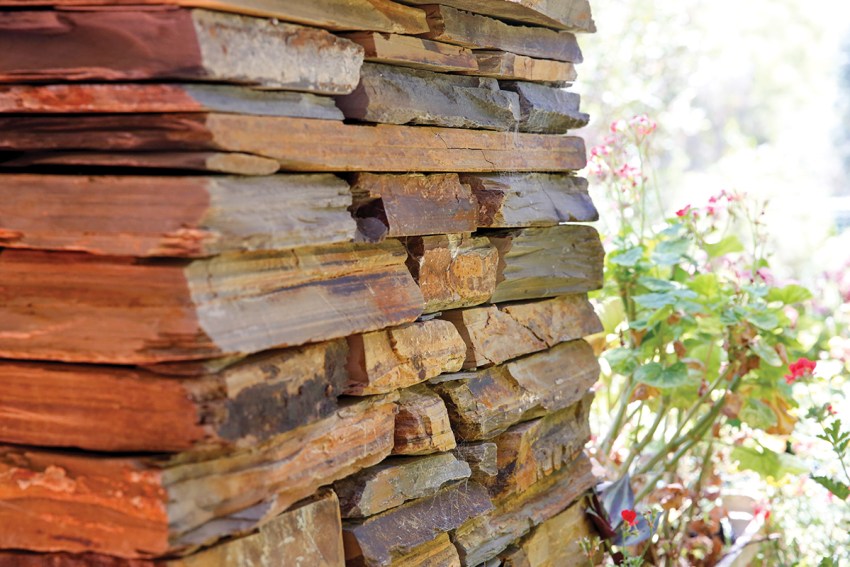
Assisted by Mark as photographer, she began to document the more significant carvings. “I visited the graveyards again and again, and each time I would bring back some little insight that had escaped me before and added to the sum of knowledge.”
The research skills she had honed while completing a PhD were well suited to working on local history, as she assembled a narrative about people and past events. She called for locals to come forward with any mantelpieces or decorative works in their possession and the project evolved into a book.
“I went into it thinking the book was going to be half the size, but I just couldn’t stop writing. Once I got into it, I just realised how fascinating South Australian history was. I wrote to try to give people a flavour and context of what life was like back then,” says Paddy.
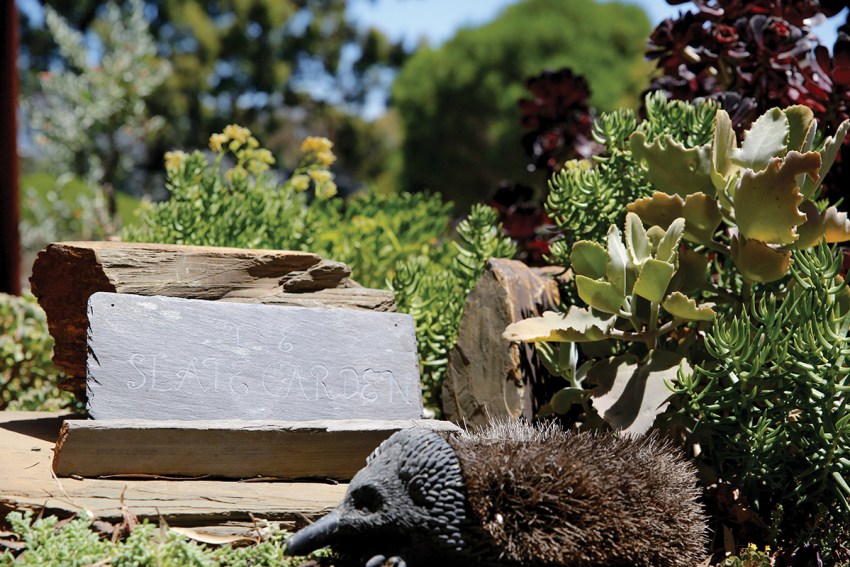
After four years of work, she published her book Fragments of Time: the lives and works of the Willunga slate carvers and was awarded South Australia’s Historian of the Year in 2020. The award also recognised her voluntary work with the Willunga Branch of the National Trust. Mark is also a prolific volunteer who has established a series of Willunga history walks.
“I think it’s so interesting; who needs Netflix when you’ve got local history? The most bizarre things happened here in Willunga. It’s weird to sit in the research room of the Courthouse Museum and realise that it’s like you’re walking in the footsteps of ghosts.”
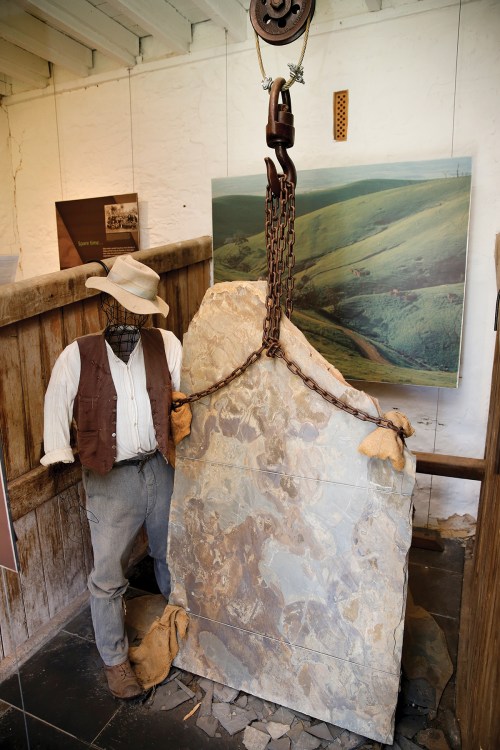
Paddy says very few areas in the world have a history of slate carving. The Willunga townspeople had a stubborn determination to build anything and everything out of slate – even the fence posts which can be seen at the Willunga Slate Museum. “Anyone normally would have used timber to build those posts, but they used slate. That was their view of the world,” Paddy says.
Paddy and Mark extensively landscaped their garden with slate and won the City of Onkaparinga’s Mayor’s Garden Competition for the best residential garden. Envious of other local properties that contained historic ruins and artefacts, they created their own replica ruins to give their front garden some extra character.
With the freedom afforded by extra spare time in retirement, Paddy has discovered local history to be a unique and rewarding area of interest that she enjoys sharing with others.
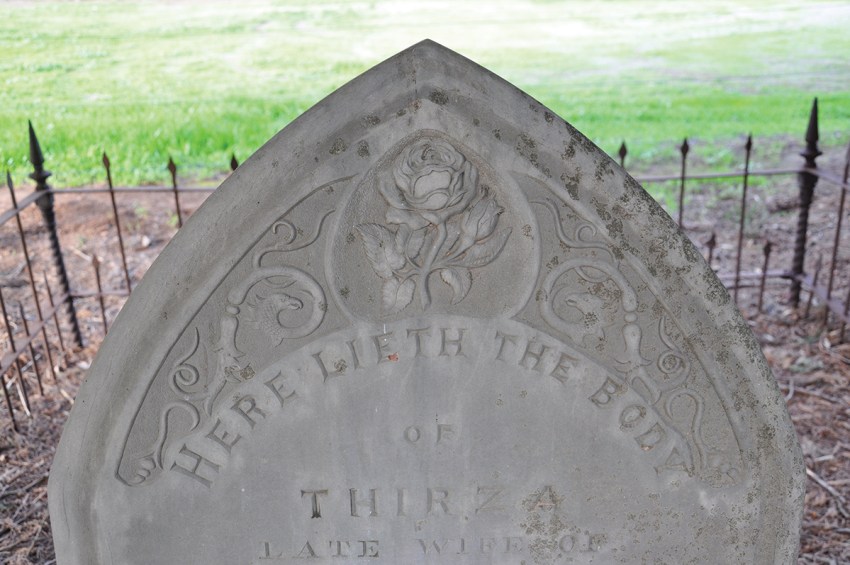
“The veil of time is very thin and it’s quite amazing to know that you’re walking on the same street as the people you’re researching. The second half of the 19th century was a fascinating era; the Province of South Australia was unique and people are usually a little less upset by the antics of their ancestors the further back you go,” she says.
Being from interstate, Paddy feels that she was able to delve into her research with an impartial point of view. In publishing her book, she has achieved her goal of assembling scattered fragments of information to present a fascinating legacy and the history surrounding it.
“That was really important,” she says. “The book has sold pretty well, and that’s pleasing, but the big thing for me is that there are copies in the State Library of SA and in the National Library of Australia, and it means that the knowledge isn’t lost.”
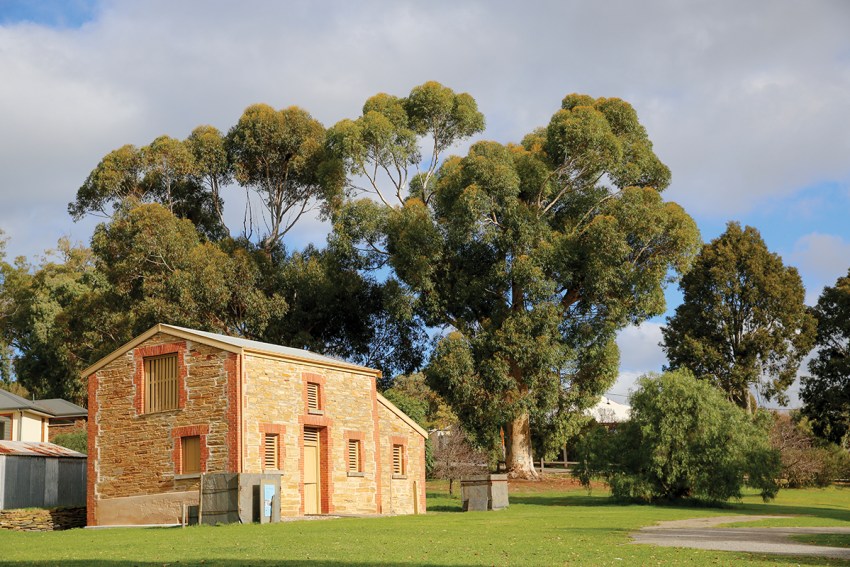
This story first appeared in the July 2021 issue of SALIFE magazine.



